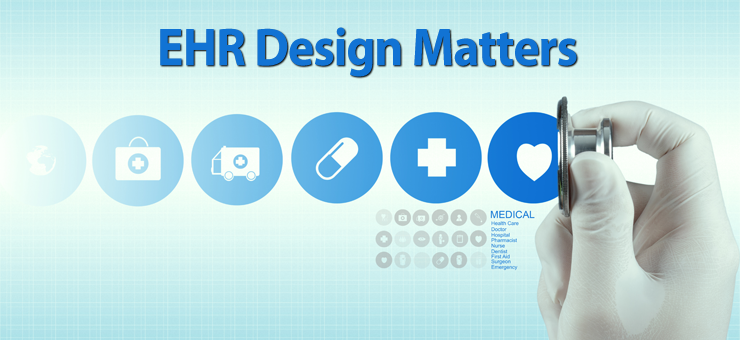Patient safety should never be overlooked in health information management systems although making systems intuitive and enabling them to present relevant information are equally important for physician satisfaction.
Some EHR vendors’ products are affecting patient safety, workflows and user satisfaction. One of the most important factors affecting patient safety is medication list. A good EHR system would give you complete medication list every time it is required. It will not automatically remove a medication from the list upon expiry. This assists physicians as it ensures they have all the knowledge before suggesting new medications for the patient.
Most EHRs automatically calculate medicine duration, quantity and the number of required refills the moment it is prescribed. In EHRs that are not patient-centric, the medication will automatically disappear from the list when the prescribed duration elapses. These EHR vendors will proudly show off this drawback as a beneficial feature for physicians, claiming it saves time and hassle. In reality, it can have adverse effects on patient safety. Most Top EHR vendors will not allow their product to take any medication off the list unless the physicians do it themselves. These are the kind of vendors who have been in the market for ages and understand that patient safety is critically important. In real life, patients are irregular with their medications and might not be able to finish the required dosage on time. This is what differentiates a good EHR from an ordinary one as it keeps the medication on the list unless otherwise required.
Consider an example. A patient suffering from Asthma might be taking a prescribed medicine and have his/her ailment under control well before the medication duration expires. This way, he/she would never be able to finish the medicine on time. EHRs which are not built around patient safety will take the medication off the list once the duration comes to an end. In case the patient requires a refill at a later date, the system will never be able to support it and would require the patient to visit the physician again. In contrast, a patient-centric EHR will keep the medication on the list and be able to process the refill request even if required at a later date.
Physicians never understand poorly designed EHRs. Health information management systems which are truly integrated, intuitive and built around patient safety will always present physicians with the options they need. Systems built through constant innovation of many years by a single engineering team and with the help of physicians themselves, will always be the ones that stand out amongst poorly-built, shoddy EHRs.
Web-based EHRs built on a single platform are the ones that truly help care providers in reducing costs and improve patient safety. Not all EHRs are offering these features and some of them are really a waste of time and money but the ones which stand out are built after years and years of physician input and innovation.
User informed designs make all the difference in quality output as witnessed by other industries. It is about having the right resources for the job. If you can use a product intuitively, reliably and repetitively, you should be proud of having the right solution.


Reader Interactions